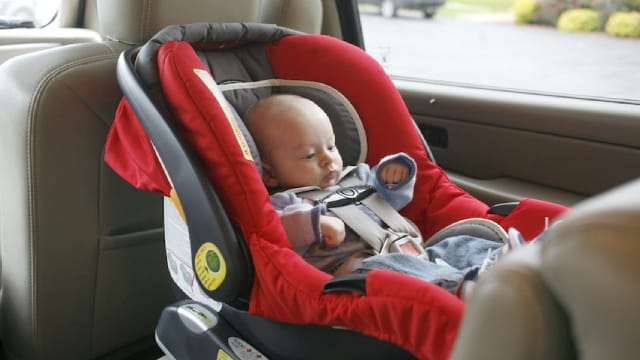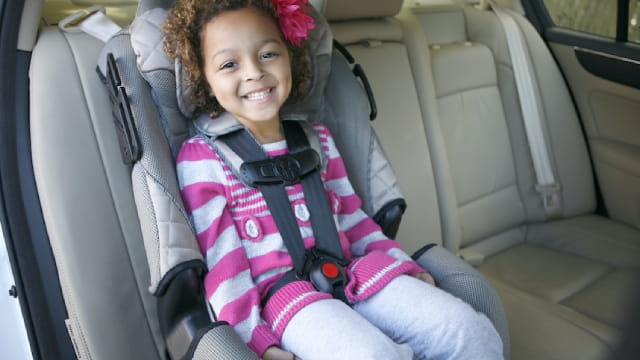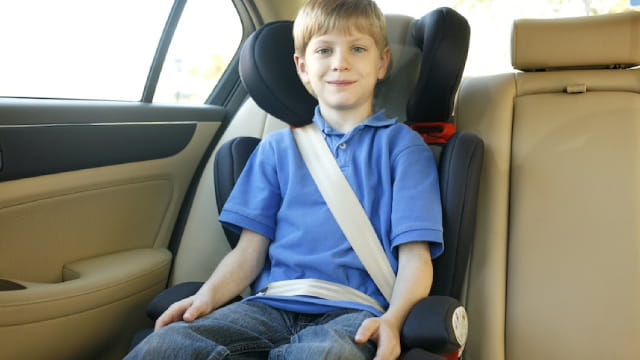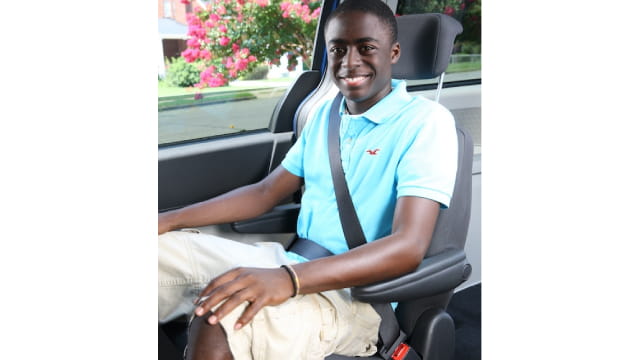Car Seat Safety
Pediatric Emergency & Trauma Care
Contact Us
(321) 841-5437Basic Car Seat Safety
Three out of four car seats are used incorrectly. Is yours? Below are tips on how to properly install and use your child’s car seat, including seat belt tips for older passengers.

Rear-Facing Seat
Children should ride rear-facing as long as possible, up to the limits of their car seat. Rear-facing protects the most fragile parts of a young child’s developing body in a collision: their head, neck and spine.
Proper Use
- Child is within weight and height limits of the car seat
- Head is contained within the shell of the car seat
- Installed in the vehicle properly, utilizing seat belt or LATCH system
Proper Installation
- Seat belt or LATCH system routed through correct belt path
- Correct recline angle
- Car seat does not move more than 1 inch side-to-side or front-to-back
Proper Harnessing
- Harness straps are at or below shoulders
- Harness is snug, cannot pinch any webbing at the shoulders
- Chest clip is at armpit level

Forward-Facing Seat
Children who have outgrown the rear-facing weight or height limit for their car seat should use a forward-facing seat with a harness for as long as possible, up to the limits of the car seat.
Proper Use
- Child is within weight and height limits of the car seat
- Top of ears are contained within the shell of the car seat
- Installed in the vehicle utilizing seat belt and tether or LATCH system properly
Proper Installation
- Seat belt or LATCH system routed through
- correct belt path
- Tether attached correctly
- Car seat does not move more than 1 inch side-to-side or front-to-back
Proper Harnessing
- Harness straps are at or above shoulders
- Harness is snug
- Chest clip at armpit level

Booster Seat
All children whose weight or height exceeds the forward-facing limit for their car seat and are developmentally mature should use a booster seat until the vehicle seat belt fits them properly.
Proper Use
- Child is within weight and height limits of the booster seat
- High-back boosters should be used in vehicles without headrests or with low seat backs
- Shoulder belt positioner is used
Proper Harnessing
- Shoulder belt rests across the chest, not the neck or face
- Lap belt lies snugly across the child’s upper thighs, not across the stomach

Vehicle Seat Belt
When children are old enough for the vehicle seat belt to fit them correctly, they should use lap and shoulder seat belts for the best protection. All children under 13 should ride in the back seat.
Proper Fit
- Your child is tall enough to sit against the vehicle seat back with knees bent over the edge of the seat without slouching. He or she can comfortably stay in this position throughout the trip
- Feet can touch the floor
- The shoulder belt lays across the middle of the chest and shoulder, not the neck or throat
- The lap belt is low and snug across the upper thighs, not the stomach






